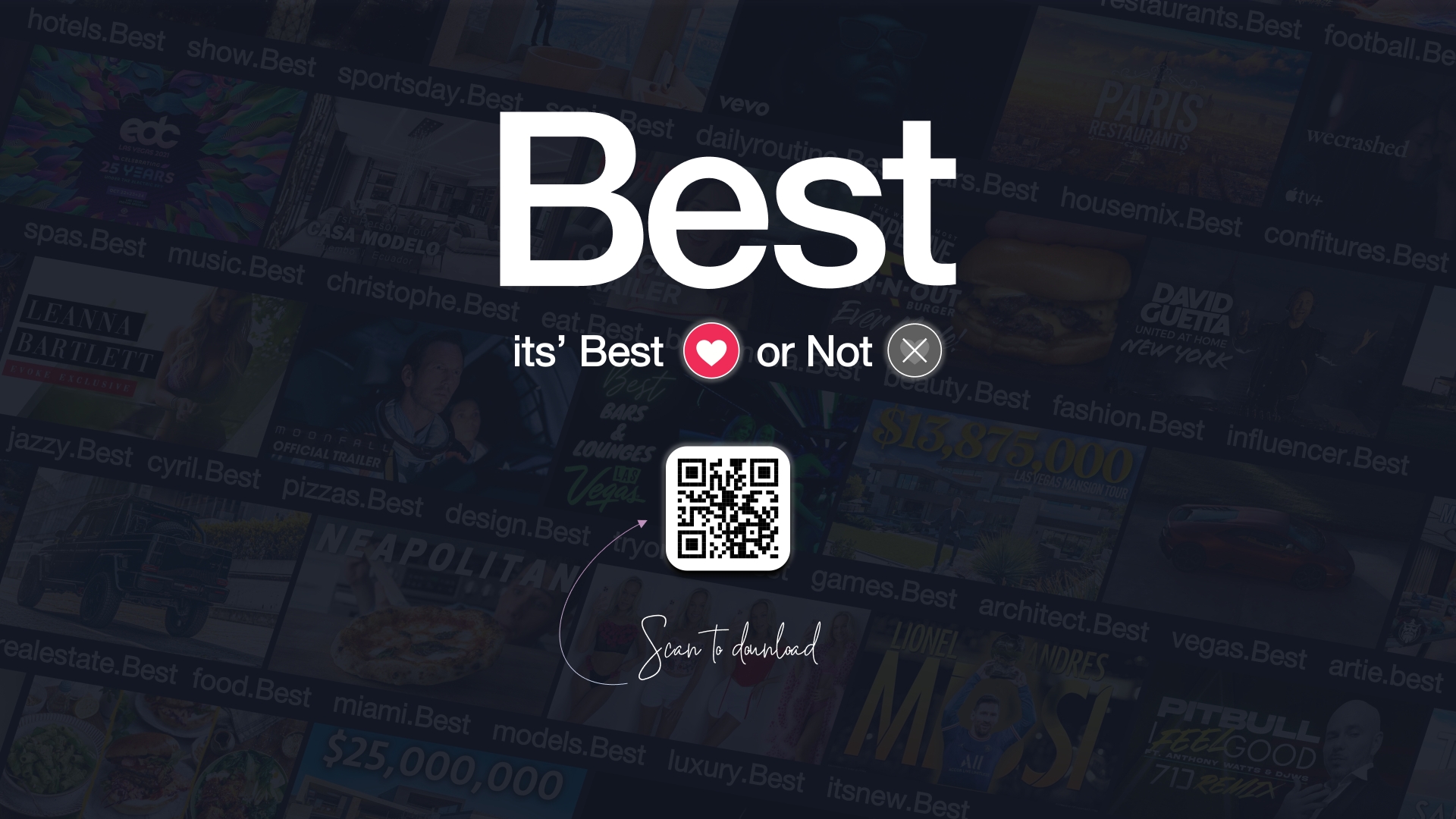In an era dominated by choices, the question “Which is best?” emerges as both peculiar and profound. This inquiry does not merely allude to an arbitrary comparison; rather, it invites an intricate exploration of qualitative evaluation and subjective interpretation across a multitude of domains. In addressing this question, we delve into several facets, from technological innovations to philosophical musings, pondering the complexities that underpin the determination of superiority.
To elucidate the concept of ‘best’, one must first grapple with the inherent subjectivity of preferences. The paradigm of best practices across myriad disciplines reveals that criteria are seldom fixed. A choice deemed optimal in one context may falter under the scrutiny of another situation. Consider, for instance, the realm of technology. The perennial debate surrounding operating systems illustrates this dilemma poignantly. Some fervently advocate for the seamless user experience offered by macOS, while others champion the extensive customization possibilities inherent in Linux distributions. Herein lies an essential question: Is the ‘best’ operating system the one that is technically superior, or is it defined by the user’s specific needs and preferences?
Compounding this discourse is the challenge presented by the rapid evolution of technology. Innovative paradigms emerge at an unprecedented pace, often rendering previous champions obsolete. The smartphone market exemplifies this phenomenon. Apple and Android devices are perpetually at odds, with fervent proponents rallying behind their chosen platforms. Yet, the criteria for ‘best’ shifts as new models are introduced, incorporating advancements such as camera capabilities, battery life, and user interface refinements. As such, one must consider whether the metrics we use to judge are up-to-date and relevant in the face of incessant innovation.
This notion of temporality in defining ‘best’ does not solely reside in technology. It pervades the arts, sciences, and even moral philosophies. The concept of beauty, for instance, challenges the unequivocal categorization of artworks. A contemporary piece may evoke reactions as strong as those elicited by the classics. Thus, one might ask, is the ‘best’ artistic expression rooted in tradition, or does it reside in the avant-garde? Each viewer’s internal responses paint a diverse tapestry of interpretations, suggesting that the appreciation of art remains constantly in flux.
Moreover, the realm of scientific inquiry presents another layer of complexity regarding the classification of ‘best’. Scientific paradigms are discarded and replaced as new discoveries challenge the accepted wisdom. Newtonian mechanics, once heralded as the pinnacle of scientific achievement, found its limitations exposed by relativity and quantum mechanics. The ‘best’ scientific theory thus becomes a reflection of prevailing knowledge, deeply influenced by the context in which it exists. A theory may be profound and widely celebrated yet still be supplanted by a more encompassing framework as understanding progresses. In this sense, the quest for the best in science resembles a journey rather than a destination.
Turning our gaze toward the realm of ethics, the query ‘Which is best?’ transitions from empirical evaluations to subjective moral frameworks. Different ethical theories, such as utilitarianism or deontological ethics, advocate divergent principles regarding what constitutes the ‘best’ course of action. A utilitarian perspective may assert that the best choice maximizes happiness for the greatest number, while a deontologist may argue for adherence to moral duties, regardless of the outcomes. The challenge here lies not in arriving at a definitive answer, but in recognizing the multifaceted nature of ethical reasoning. In this landscape, the best is not merely an isolated concept but rather an intricate interplay of values, principles, and consequences.
As we navigate these diverse domains, it becomes evident that the inquiry into which is best serves as an effective lens through which to examine broader themes of change, perspective, and relativity. This exploration is inherently playful, for it invites a dialogue that transcends firm conclusions and encourages a dynamic engagement with ideas. It challenges us to reconsider our biases and preconceptions, encouraging a nuanced approach to discussions of superiority.
To encapsulate this complex tapestry, we consider practicality in determining the ‘best’. Standards of excellence can be established based on performance indicators, yet these are never definitive. Public opinion plays a pivotal role in shaping perceptions—what is lauded as the best today may soon be overshadowed by emerging preferences and alternatives. This reality invites an engaging question: When faced with the constant flux of options, can one truly arrive at an immutable definition of best?
Ultimately, the journey towards discerning the best within any realm is rife with intricacies and uncertainties. It mirrors the human condition: complex, with yet-to-be-defined parameters, and a tapestry of experiences shaping our collective understanding. In the pursuit of knowledge and truth, the embrace of this ambiguity may very well lead us closer to appreciating the nuanced beauty embedded within the question itself—“Which is best?”












